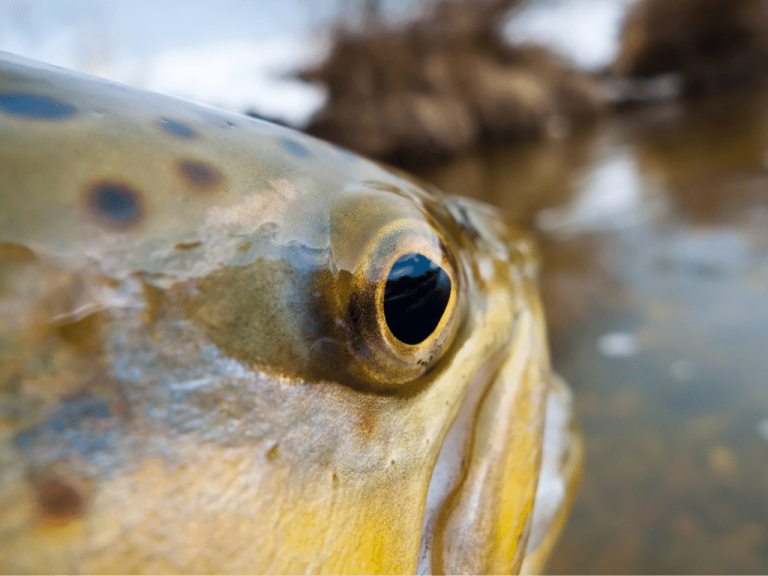The human eyeball is a very complex visual organ, structured like a miniature camera. When we look at objects around us, light reflected from these objects passes through the cornea and pupil of the eye, then enters the eye and is refracted by the lens to form an image on the retina. The sensory cells of the retina convert the light stimuli of varying intensities from this image into impulses, which are transmitted to the brain by the optic nerve and integrated into vision. This allows us to see the shapes of objects around us. The lens is shaped like a lens, and its curvature can adapt to objects at different distances.
Fish also have eyeballs with a structure similar to the human eye. However, when fish see objects underwater, the difference in density between water and the lens is small, so the lens must be more convex to see clearly. The term “fish eyes mixed with pearls” refers to the fish’s lens. Because the lens is large and protrudes forward, fish can receive both direct and oblique light, giving them a wider field of view. Scientists have conducted experiments showing that freshwater salmon have a vertical field of view of 150°, compared to 134° for the human eye; their horizontal field of view is 160°-170°, compared to 154° for the human eye. Thus, fish can see objects in front, behind, and above without turning their heads. Fish can see not only underwater objects but also those on land, and they perceive these objects as being much closer than they actually are due to the refraction of light reflected from land objects passing through the water into the fish’s eyes. This is why fish quickly notice people on the shore and swim away rapidly.
Additionally, some fish have eyes positioned higher on their heads that can rotate to observe their surroundings. Some fish have eyes on short stalks. In South American rivers, there is a species called the four-eyed fish, whose eyes are located on the top of its head and divided into upper and lower parts. The upper part is adapted for viewing objects in the air, while the lower part is adapted for observing underwater. It stays quietly on the water’s surface, looking above and below the water to catch insects both in the air and on the water.
However, fish eyes are nearsighted and rarely see beyond 10-12 meters. This is related to the curvature of their lenses, which cannot change.

